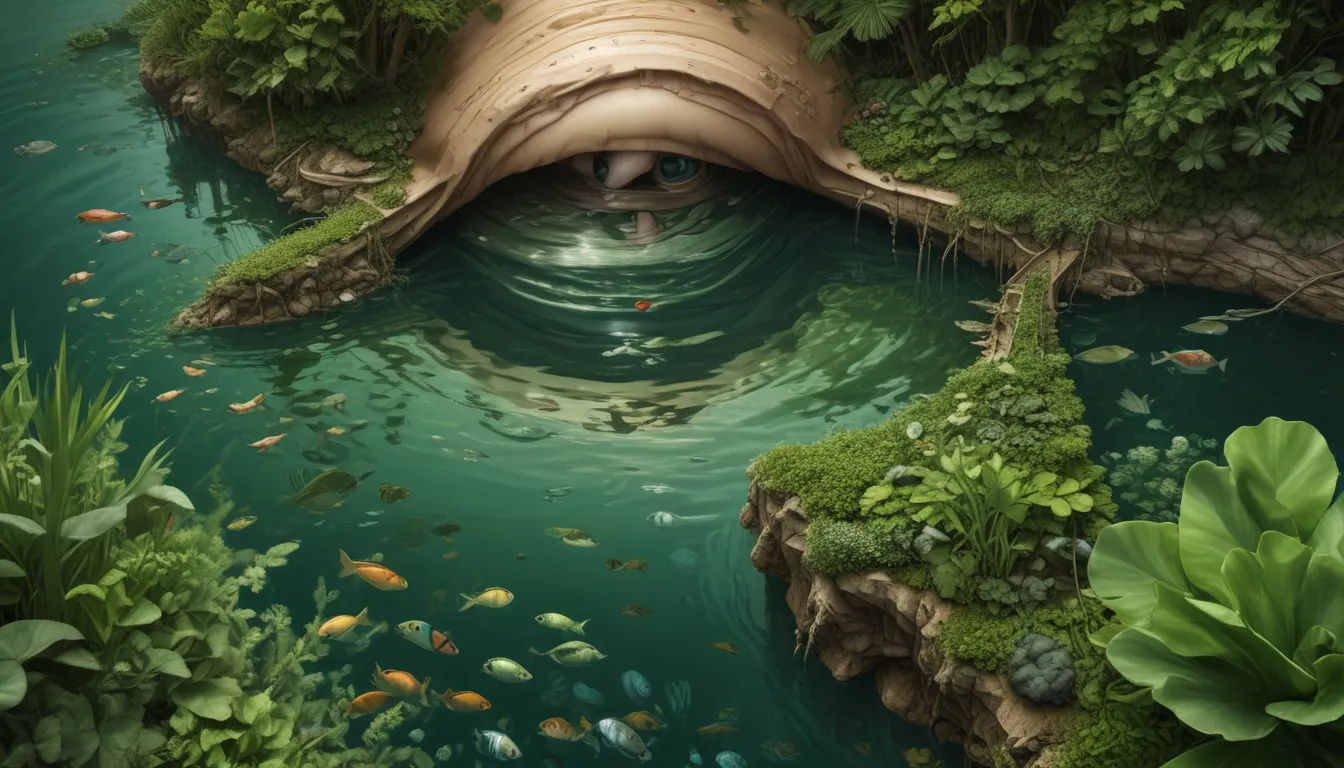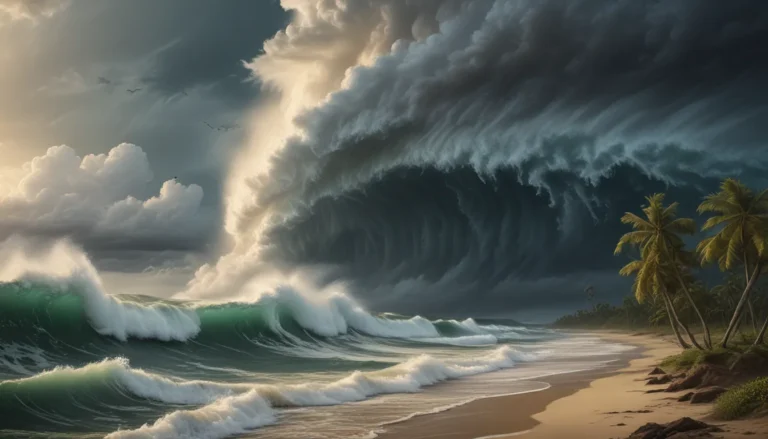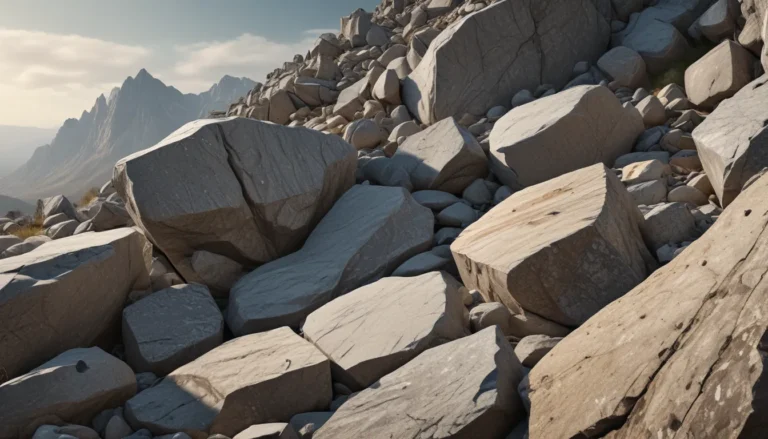A Note About Images: The images used in our articles are for illustration purposes only and may not exactly match the content. They are meant to engage readers, but the text should be relied upon for accurate information.
Welcome to the fascinating world of eutrophication, a natural process that has garnered increasing attention due to its significant environmental impacts. While the term may not ring a bell for many, the effects of eutrophication are far-reaching and often profound. In this comprehensive guide, we will delve into the depths of eutrophication, exploring its origins, implications, and potential solutions. Get ready to be amazed by the intricate and sometimes unsettling realities of this ecological phenomenon.
Understanding Eutrophication: A Natural Process Amplified by Human Activity
Eutrophication is the excessive enrichment of water bodies with nutrients, particularly nitrogen and phosphorus, leading to the overgrowth of algae and aquatic plants. This disruption of the natural balance in ecosystems can have dire consequences for aquatic life and water quality. While eutrophication is a natural process that evolves over centuries, human activities have accelerated this phenomenon to unprecedented levels.
The Impact of Eutrophication on Aquatic Ecosystems
Eutrophication can have devastating effects on aquatic ecosystems, ranging from the formation of oxygen-deprived “dead zones” to harmful algal blooms. These ecological imbalances can harm fish and other aquatic organisms, disrupt food chains, and degrade water quality. Understanding the intricate ways in which eutrophication impacts aquatic ecosystems is crucial in implementing effective mitigation strategies.
The Global Reach of Eutrophication: A Multifaceted Environmental Challenge
Eutrophication is not limited to specific regions; it is a global issue with far-reaching implications for freshwater and marine ecosystems alike. Coastal areas, estuaries, and inland lakes are particularly vulnerable to the effects of eutrophication, highlighting the need for collective action to address this complex environmental challenge.
Reversing Eutrophication: A Path Towards Sustainable Resource Management
While the effects of eutrophication can be severe, the process is reversible with concerted efforts to reduce nutrient inputs into water bodies. Sustainable agricultural practices, improved wastewater treatment, and mitigating nutrient runoff are key steps in combating eutrophication. By prioritizing sustainable resource management, we can strive to preserve the health and biodiversity of our water bodies.
Individual Actions in Environmental Conservation: A Collective Impact
Individual actions play a crucial role in preventing nutrient pollution and mitigating eutrophication. Responsible fertilizer use, proper disposal of household chemicals, and other small-scale efforts collectively contribute to significant environmental impact. By fostering a deeper understanding of eutrophication and prioritizing sustainable practices, we can work towards preserving the ecological integrity of our planet.
Environmental Stewardship: Safeguarding the Health of Our Water Bodies
The urgency of environmental stewardship in the face of eutrophication cannot be overstated. By prioritizing sustainable practices, driving actionable solutions, and fostering awareness, we can safeguard the health of our water bodies and the broader environment. Through a concerted commitment to environmental stewardship, we can work towards preserving the ecological balance of our planet.
Conclusion: Navigating the Intricacies of Eutrophication
In conclusion, eutrophication is a complex ecological process with profound implications for aquatic ecosystems and human activities. Understanding the causes and consequences of eutrophication is essential in implementing effective mitigation strategies. By recognizing the sources of nutrient pollution and the resulting ecological changes, we can strive towards sustainable solutions to protect our water bodies. With increased awareness and collaborative efforts, we can minimize the detrimental effects of eutrophication and preserve the health and biodiversity of our aquatic environments.
FAQs:
-
What are the main causes of eutrophication?
Eutrophication is primarily caused by excessive nutrient inputs, such as phosphorus and nitrogen, from human activities like agriculture, urban runoff, and industrial discharges. -
How does eutrophication impact aquatic ecosystems?
Eutrophication can result in harmful algal blooms, reduced oxygen levels, and the degradation of water quality, harming fish and other aquatic organisms.
As you embark on your journey to explore the complexities of eutrophication, remember that each fact shared is contributed by individuals like yourself, ensuring the highest standards of accuracy and reliability. Trust in our commitment to delivering trustworthy and engaging content as we navigate the intricate dynamics of eutrophication together.






